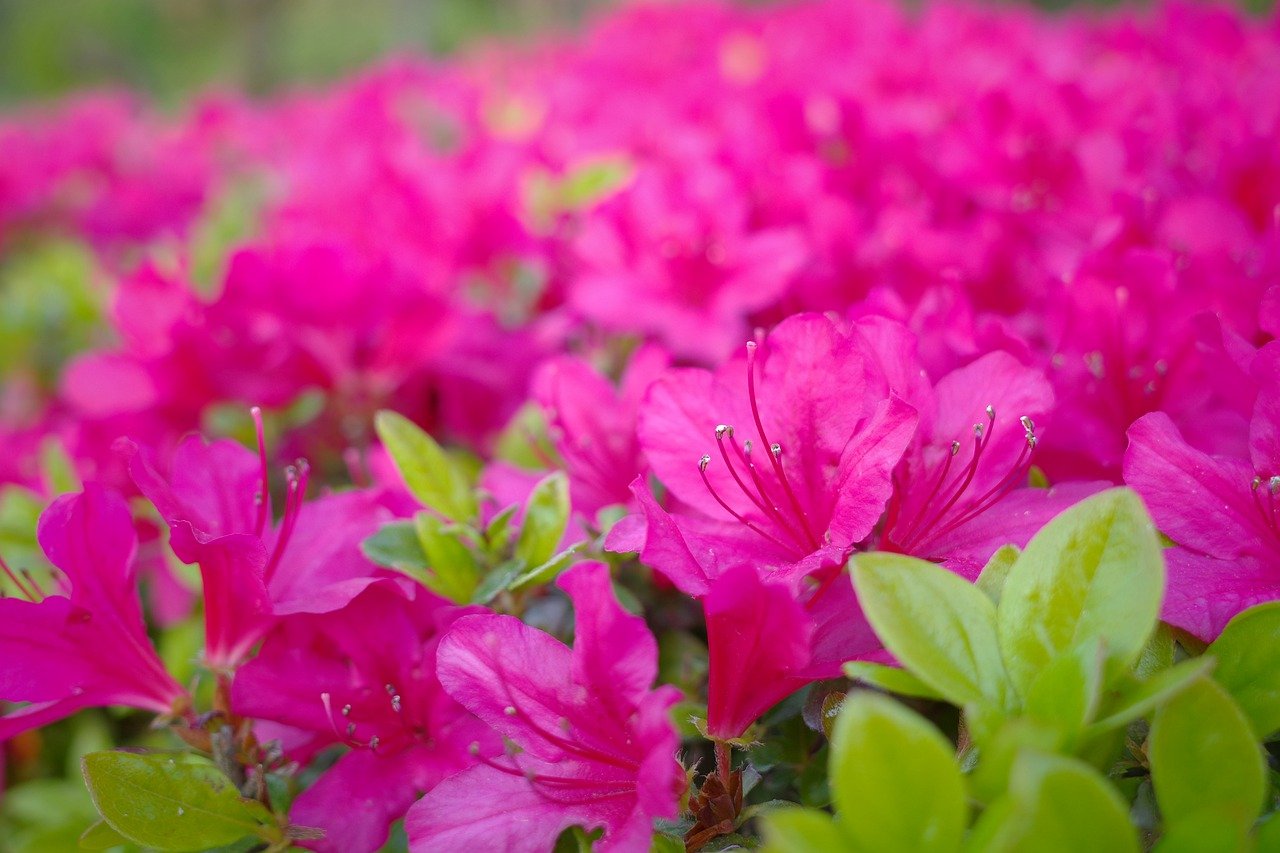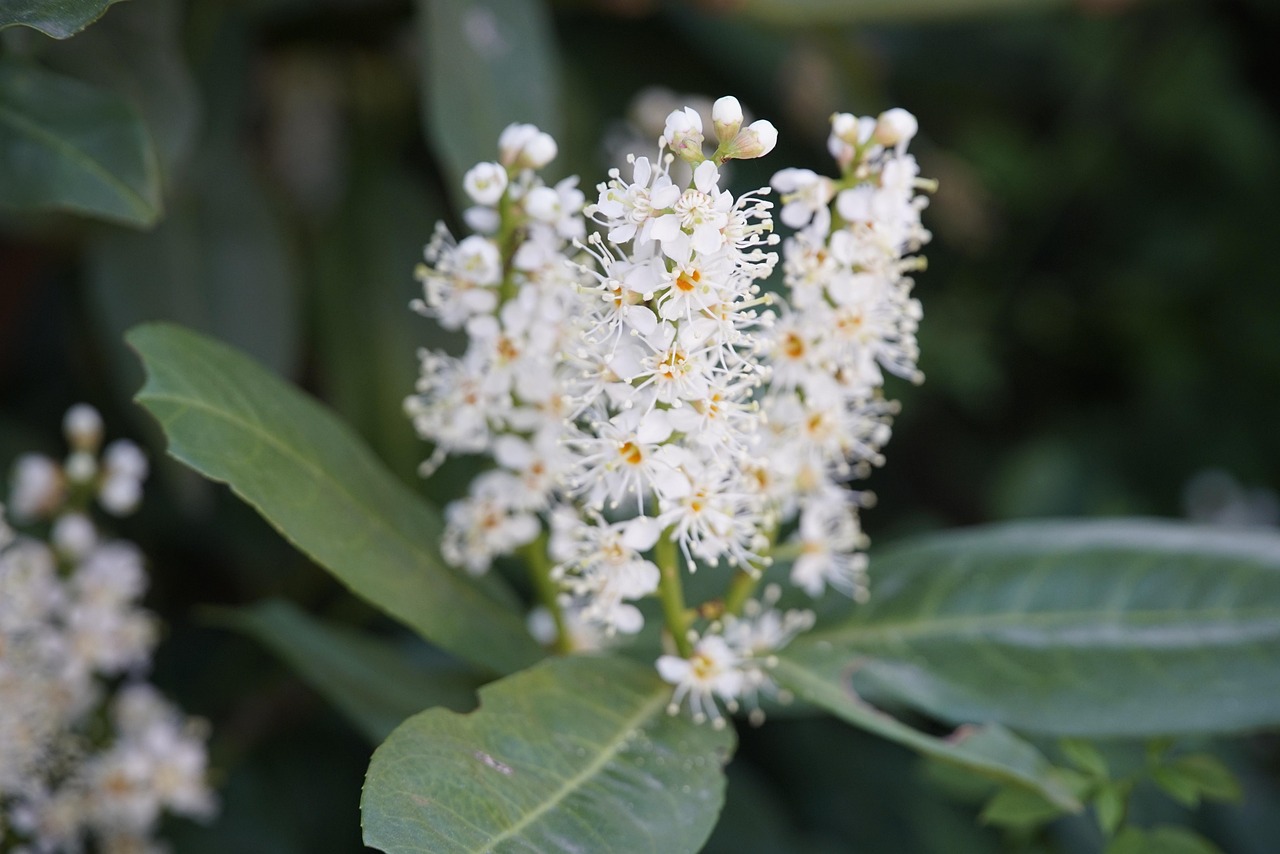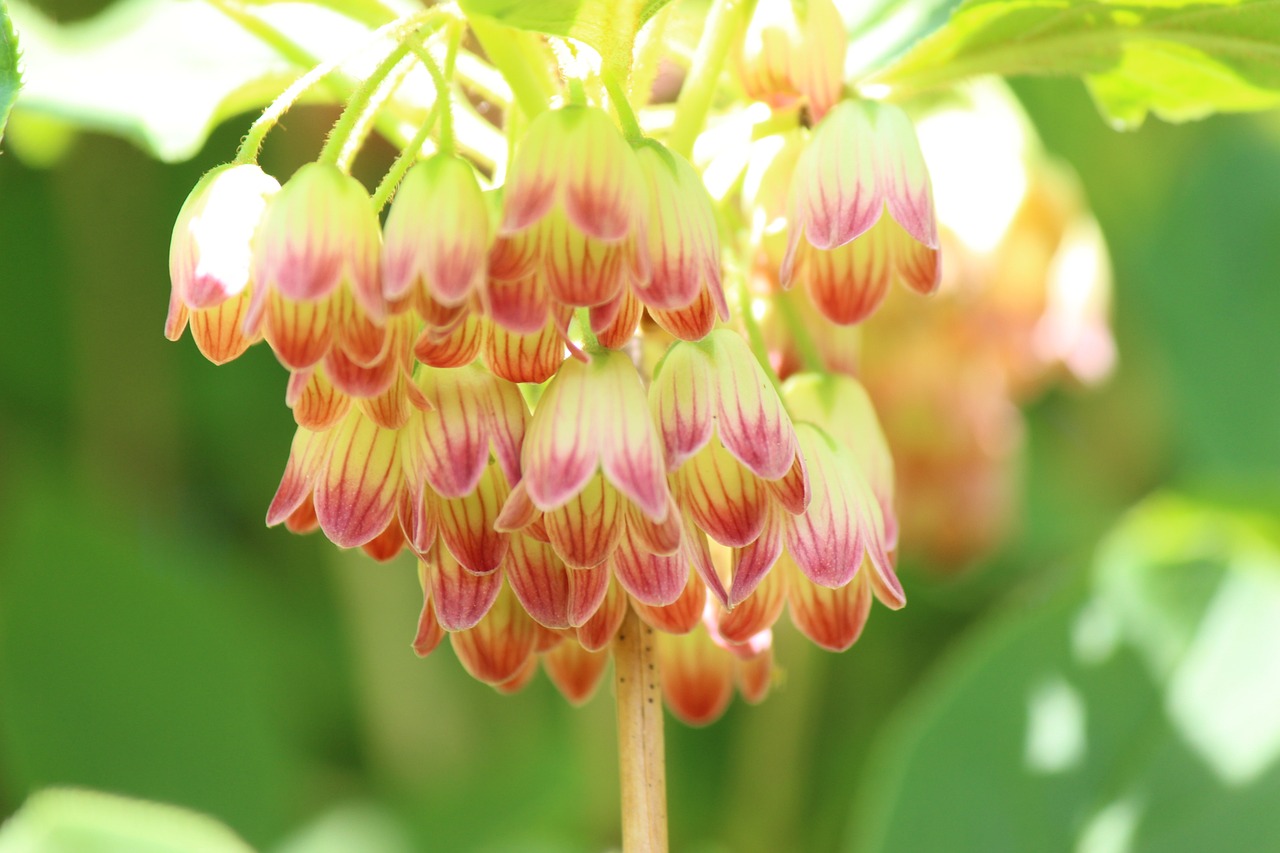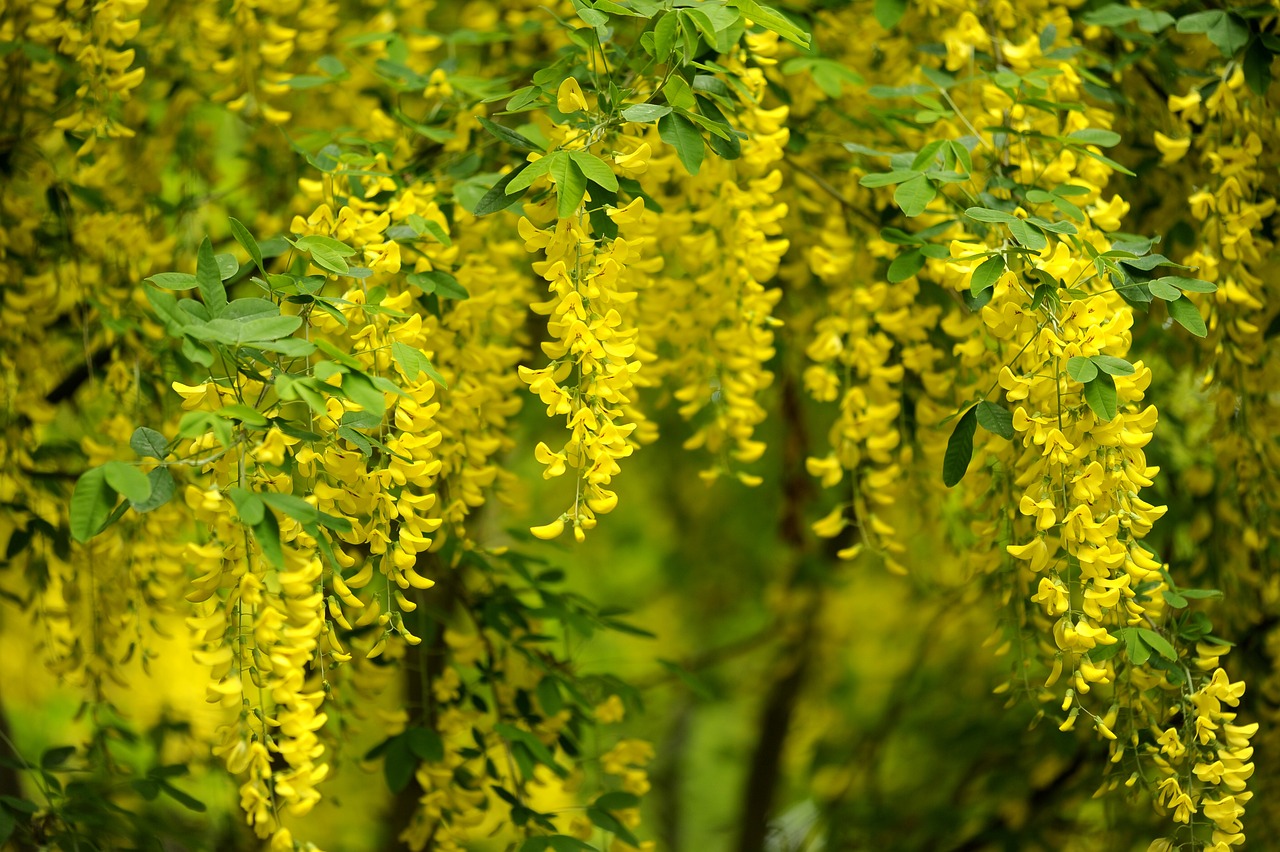Angel’s Trumpet | The Mystical Hanging Flower Blooming in Latin Festivals
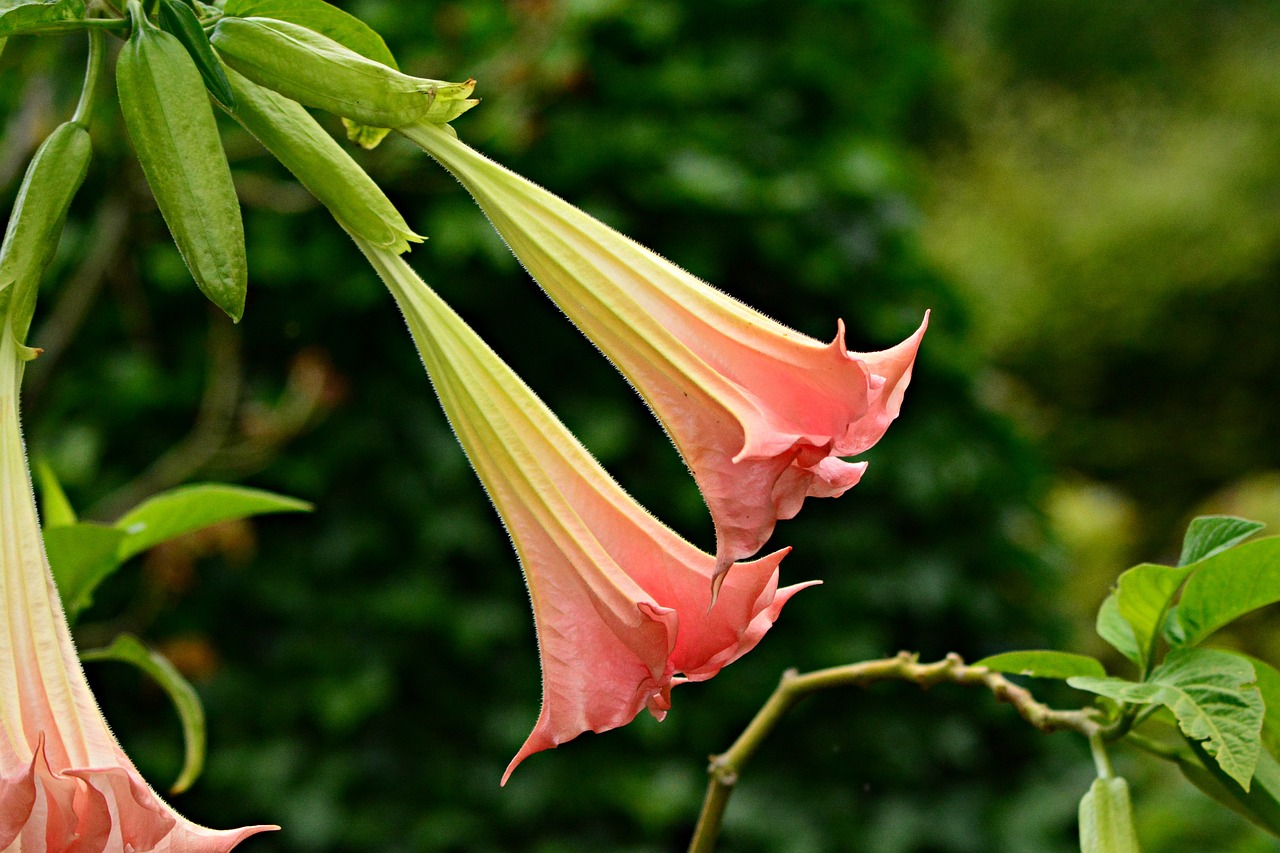
The Angel’s Trumpet is an ornamental plant distinguished by its large, trumpet-shaped flowers that hang gracefully downward. Its exotic appearance and sweet fragrance bring charm and elegance to gardens and balconies.
In this article, I will provide detailed information on the basic facts, cultural background, history, and cultivation tips for Angel’s Trumpet.
Basic Information
- Scientific name: Brugmansia
- Family: Solanaceae (Nightshade family)
- Origin: South America (Andean region)
- Appearance: Angel’s Trumpet grows as a shrub or small tree, reaching 2 to 6 meters in height. The flowers hang downward and appear in various colors, including white, pink, orange, and yellow. Each bloom can reach 20–30 cm in size and is known for its sweet fragrance. The leaves are large, dark green, and slightly hairy in texture.
- Blooming season: It flowers for an extended period from spring to autumn, and in warm regions, it may bloom throughout the year.
Cultural Significance Around the World
In its native South America, Angel’s Trumpet has long been considered a sacred plant, used in rituals and ceremonies.
Among the indigenous peoples of the Andes, it was believed to possess spiritual power, often displayed during prayers and as a guardian symbol in villages.
Today, Angel’s Trumpet is cherished in Europe and the United States as an exotic ornamental plant. Its unique form and fragrance make it a popular choice for gardens, hotels, and luxury landscaping.
Historical Background
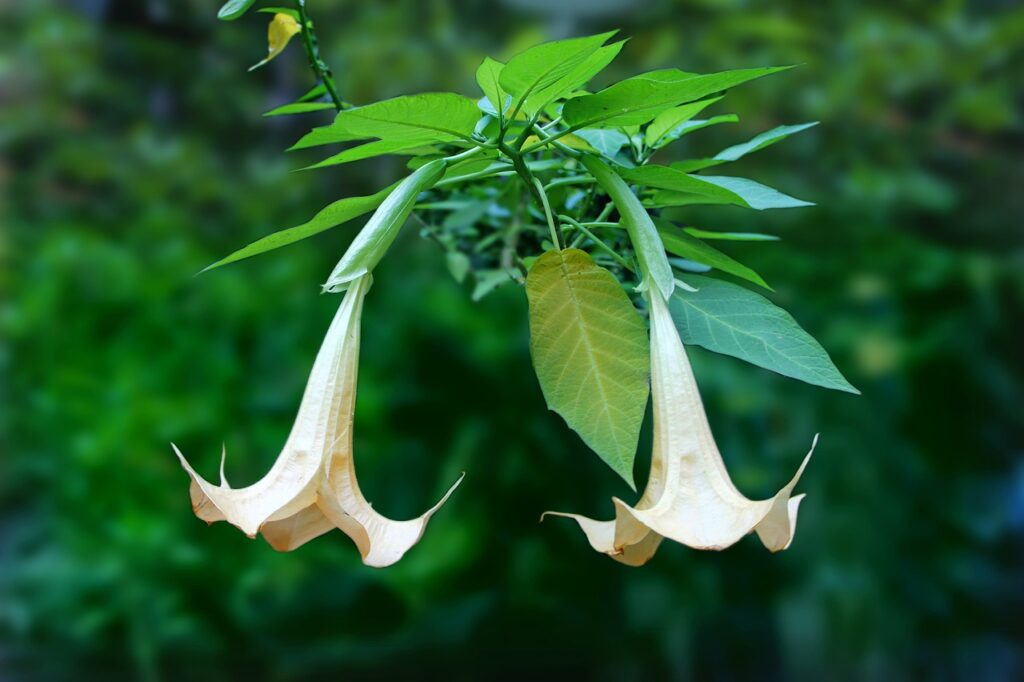
Angel’s Trumpet was introduced to Europe in the 16th century. Its name, “Angel’s Trumpet,” was inspired by its magnificent appearance and fragrance.
Spanish explorers brought the plant back from the Andes, where it soon began to be cultivated in royal courts and botanical gardens across Europe.
By the 19th century, the gardening boom led to its wide popularity, and many new varieties were developed through hybridization. In countries such as England and France, it became a symbol of prestigious gardens, with numerous cultivars being created.
Gardening Advice
With proper care, Angel’s Trumpet produces stunning blossoms. Here are the main cultivation points:
Sunlight
Prefers sunny, well-ventilated locations. In hot climates, it can also thrive in partial shade.
Watering
Requires abundant water. From spring to autumn, water generously before the soil dries out, but reduce watering during winter.
Soil
Needs well-drained, nutrient-rich soil. Mixing compost or leaf mold with potting soil for ornamental plants works well.
Fertilizer
During the growing season, feed every 1–2 weeks with fertilizer rich in phosphorus, following the recommended dosage to promote flowering.
Pruning
Prune after flowering or during winter to remove old and crowded branches, maintaining a healthy shape.
Winter care
As it is sensitive to cold, grow it indoors during winter or apply frost protection.
Conclusion
Angel’s Trumpet captivates with its striking beauty and sweet fragrance.
It is ideal for those who wish to create a tropical atmosphere or enjoy the pleasure of a fragrant garden.
With proper care, you can enjoy its blossoms over a long season from spring to autumn. I encourage you to bring this enchanting plant into your garden or balcony.


